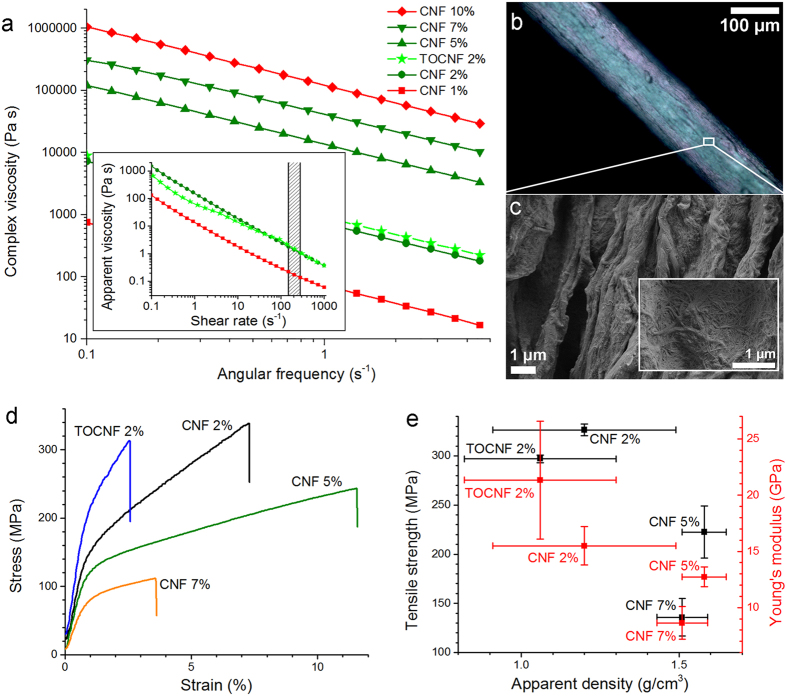Figure 2. Rheological behaviour of hydrogel dopes and mechanical properties of the spun filaments.
(a) Complex viscosity as a function of angular frequency for CNF and TOCNF hydrogels of given solids content. The inset displays the apparent viscosity as a function of shear rate for CNF 1–2% and TOCNF 2% hydrogels. The patterned zone indicates the approximate shear rate used in the spinning system. The spinnability of the hydrogels is indicated using a colour code: green for conditions spinning continuous filaments (length > 5 cm) and red for less spinnable, spun filaments < 5 cm. (b) Optical micrograph of CNF 2% filament between crossed polarisers. (c) SEM images of CNF 2% filament surface. (d) Representative stress-strain profiles for wet-spun filaments tested at RH 50%. In this condition, the equilibrium moisture of the TOCNF 2% filament is higher than those of the CNF filaments, as indicated by dynamic vapour sorption studies (DVS, see Fig. 5a-b). (e) Filament tensile strength and Young’s modulus as a function of the apparent density. Error bars correspond to the standard deviation among the tested specimens.

